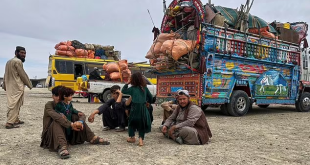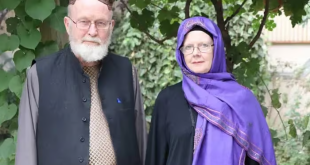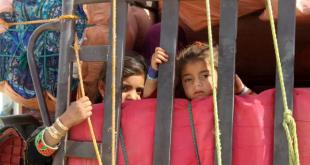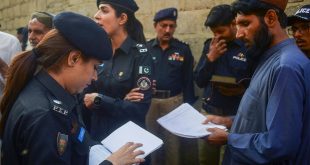Ironically, while the peace process is steadily progressing, the violence is also raging in Afghanistan. Contrary to the expectations tied to the Feb.’s US-Taliban peace pact in terms of reduction in violence, as a matter of fact, if anything, the war and violence have only increased. It means that war and peace are going hand in hand. In a recent incident, five Attorney General’s Office employees were killed by unidentified gunmen in Deh Sabz district of Kabul province. Meanwhile, the National Security Council (NSC) has dubbed last week the deadliest in the past 19 years as the Taliban were accused of 422 attacks in 32 provinces. According to NSC, the insurgents had inflicted casualties on 841 Afghan security and defense personnel during the week, as 291 security forces and at least 148 civilians lost their lives. If that’s truly the case, it isn’t unreasonably to assume the insurgents might have also suffered casualties closer to that proportion. On the other hand, the peace process is ongoing uninterrupted. For instance, head of the United Nations Assistance Mission in Afghanistan (UNAMA) Deborah Lyons has met the Taliban Qatar Office Head Mullah Abdul Ghani Baradar and discussed matters related to the peace process – with calls for a reduction in violence and launch of intra-Afghan talks reiterated. Moreover, top diplomats from Uzbekistan and Pakistan have also underlined the need for an early start to intra-Afghan peace negotiations. And most important of all, the US and Russia have agreed on coordinating their positions on Afghanistan as Russian Ambassador in Washington Anatoly Antonov met US Special Representative for Afghanistan Reconciliation Zalmay Khalilzad. At this stand, considering the progress in the peace process, the consensus and coordination of such countries who could affect immense influence on Afghanistan are promising. These are the crucial inklings towards a sustainable solution for the Afghan war. It’s because, with the wisdom of hindsight and history, a tussle among these powers have, directly and indirectly, come at the expense of war in Afghanistan – be it the Cold War, Mujahideen uprising and the ongoing Taliban insurgency. Therefore, a consensus among regional countries should take center stage from now onwards. On the other hand, the sides should ramp up the peace process as prolonging it does no good to anybody. The post-US-Taliban peace deal period has made the overall atmosphere blur and ambiguous as Afghanistan’s enemies couldn’t be told apart. All that is because of the increased violence from multiple fronts – the Taliban, Daesh, and other spoiler and terrorist organizations. Thus, the reduction in violence should top the agenda of every step in the peace process and hurdles – such as that of prisoner release and negotiating teams – should be resolved at the earliest. Otherwise, attacks on civilians would seriously harm the peace bid – something that would be a pity given the gains achieved so far.
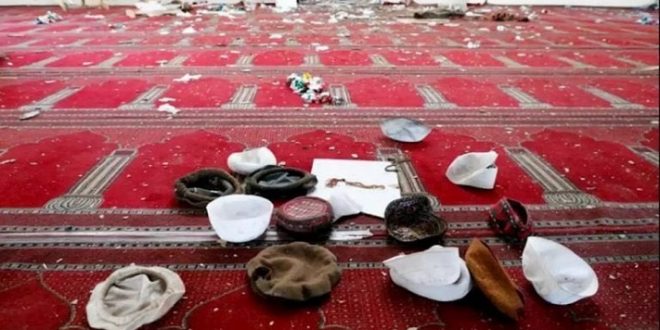
 Afghanistan Times
Afghanistan Times
